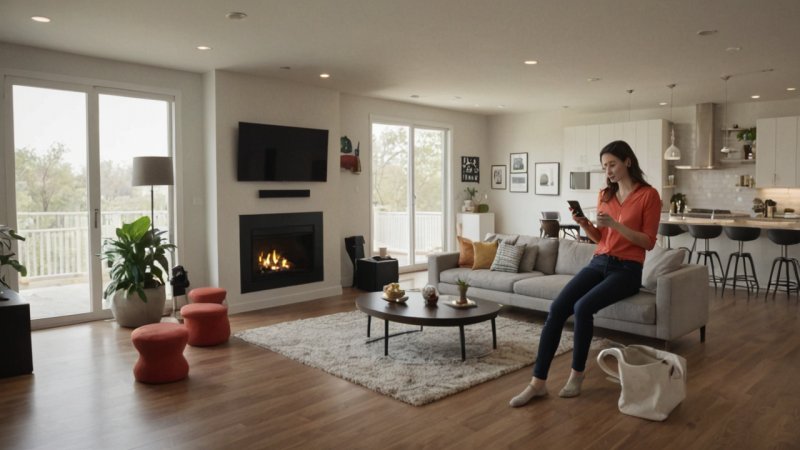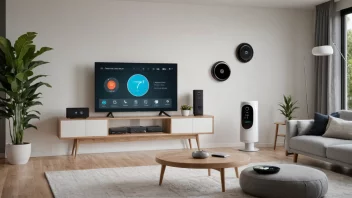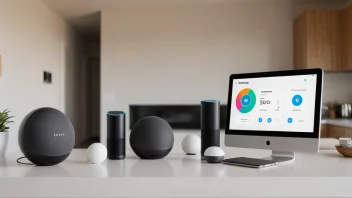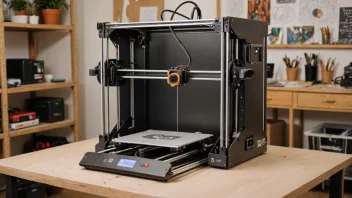In recent years, wearable technology has rapidly evolved from a niche market to a mainstream phenomenon, significantly influencing how we interact with our environments. One of the most exciting aspects of this evolution is the integration of wearable tech with smart home devices, creating a seamless ecosystem that enhances convenience, security, and overall quality of life. This article explores how wearables and smart homes work together, highlighting practical applications and benefits.
Wearable devices like smartwatches and fitness trackers do more than just monitor health metrics; they can act as control hubs for your smart home. Imagine receiving alerts on your wrist when your smart doorbell detects motion or when the thermostat adjusts to your preferred temperature. These notifications keep you connected to your home while you’re on the go, allowing you to manage your environment from anywhere.
One of the standout features of wearables in a smart home setup is voice control. Many smartwatches now support voice assistants like Google Assistant or Amazon Alexa, enabling you to control smart devices with simple voice commands. For instance, you can tell your smartwatch to dim the lights, lock the doors, or even start the coffee maker without reaching for your smartphone. This hands-free approach is particularly useful when your hands are full or when you're busy with other tasks.
Moreover, wearable technology can enhance home security systems. Advanced smartwatches can integrate with security cameras, allowing you to view live feeds and receive real-time alerts. If your smart camera detects unusual activity, it can send an alert directly to your wrist. This integration amplifies your ability to monitor your home while away, providing peace of mind and enabling quick responses to potential threats.
Fitness enthusiasts will also appreciate how wearables can control smart home fitness equipment. For example, many modern treadmills and exercise bikes can connect to your smartwatch to track workouts, control settings, and even stream classes directly from your wrist. This integration ensures that your fitness regime remains uninterrupted and efficient, combining technology with physical health seamlessly.
Another area where wearables shine is in energy management. Some smartwatches can track your daily activity levels and suggest optimal settings for your smart thermostat based on your habits. If you’re away from home during the day, your smartwatch can communicate with the thermostat to adjust the temperature for energy savings, ensuring your home remains comfortable upon your return while reducing unnecessary energy consumption.
As smart homes become more integrated and intuitive, the importance of wearables will only grow. They offer a unique interface that allows users to manage their connected devices effortlessly, making everyday tasks more manageable and less time-consuming. Additionally, the ability to receive notifications, control devices, and monitor security from your wrist provides a level of convenience that enhances modern living.
In summary, the integration of wearable technology with smart home devices creates a harmonious living environment where convenience, security, and efficiency are paramount. As technology advances, we can expect even greater synergies between wearables and smart homes, further enhancing our daily lives. Embracing this technology not only streamlines tasks but also opens up new possibilities for how we interact with our spaces.
How Wearable Tech Enhances Smart Home Living
Discover how wearable technology seamlessly integrates with smart home devices to enhance convenience, security, and overall quality of life.






